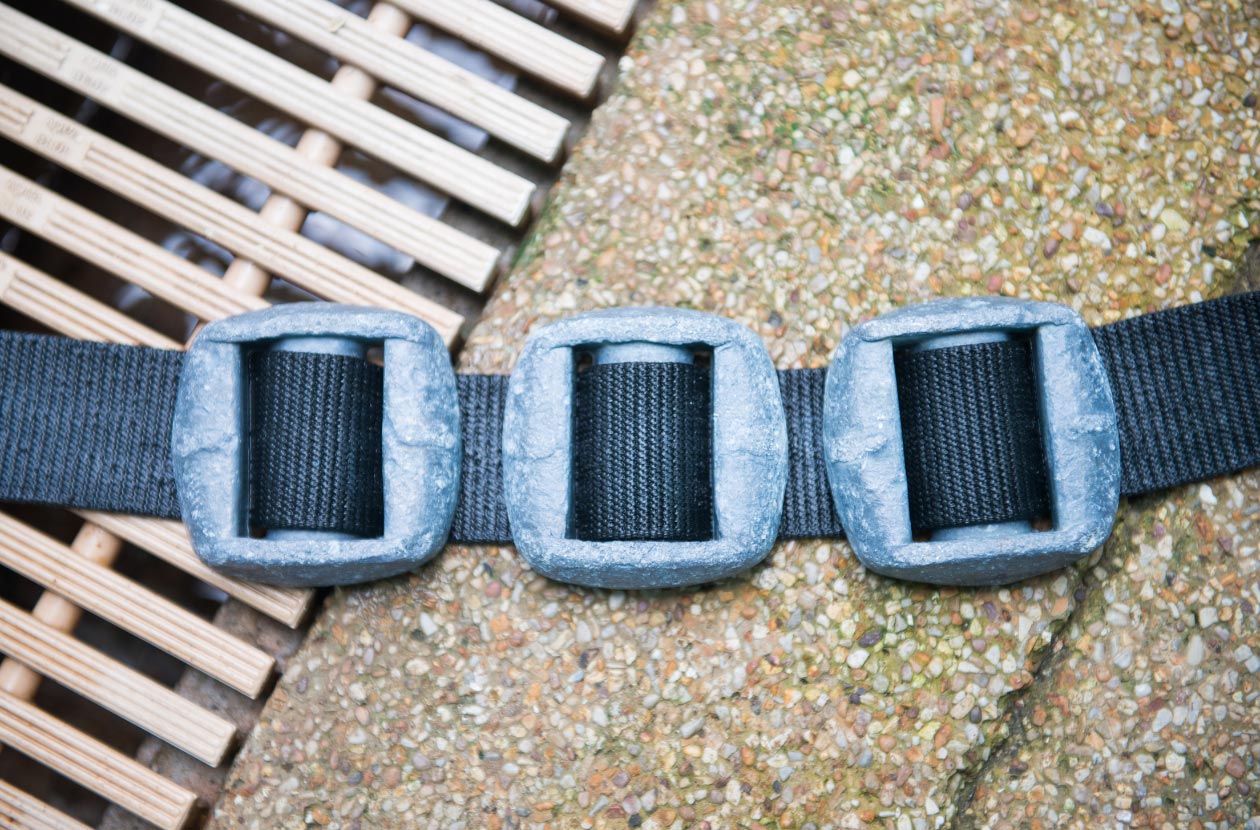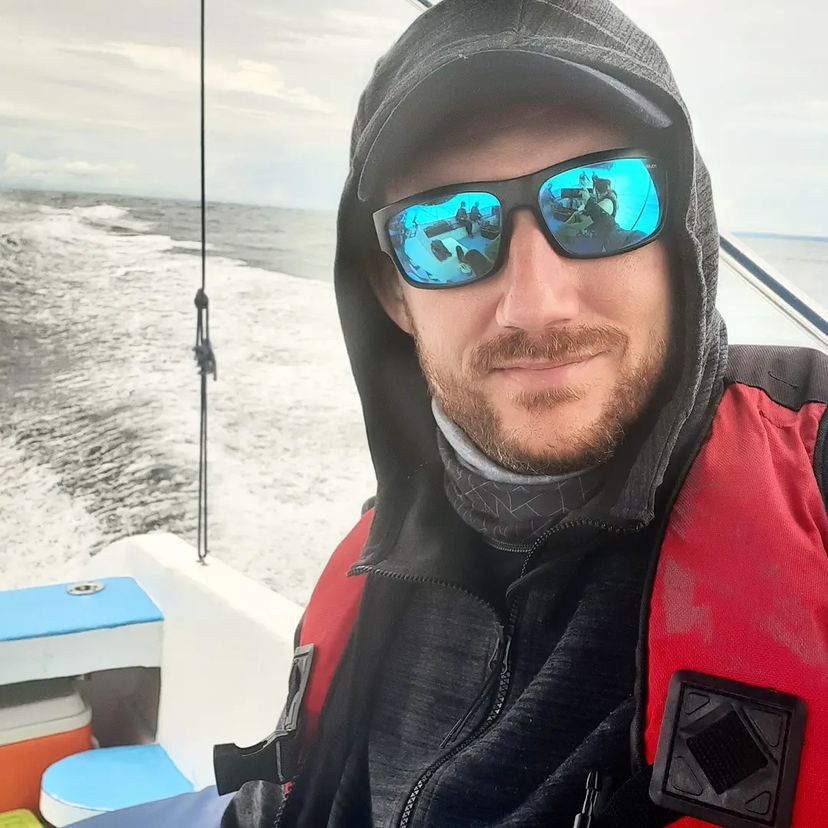So you would like to know how to reduce air consumption while diving? If you’re looking to maximize your time beneath the waves and extend your diving experience, then you’ve come to the right place. In this blog post, we’ll delve into the art of reducing air consumption while diving. By improving your breathing techniques and making a few adjustments to your diving routine, you’ll be able to enjoy longer and more fulfilling dives. So, let’s dive right in and discover the secrets to becoming a more efficient diver!
Table of Contents
How to reduce air consumption while diving?
It is clear that the more and faster you consume air, the shorter your dive will be. Therefore, as a certified diver, you should focus on improving your diving technique and minimizing air consumption. Another obvious fact is that air consumption depends on many factors. If you dive deeper, your dive time will be shorter. Not so much because you will consume more, but from the simple fact of greater gas compression at greater depth.
All of these tips are just guidelines to consider to improve your diving performance, but they are not hard recipes for success. The best way to become a better diver is simply to dive more. It’s as simple as that. The more time you put in and the more experience you gain, the better you will become. For a start, you should take courses such as perfect buoyancy.
Air consumption management
Before we delve into tips and tricks, let’s take a moment to understand why managing air consumption is crucial for divers. The amount of air in a diving tank is limited, and saving it efficiently allows you to stay underwater longer, explore greater depths and dive more safely. We seem to have it cleared up. Now you need to understand that you are responsible for your air. For checking it before diving and managing your air properly underwater. This is not the role of your partner, instructor, or guide.

Surprisingly, we often see a strange attitude among clients that the guide’s job is also to check their air. I don’t know where this comes from, perhaps simply from poor training. However, remember that as a licensed diver you are responsible for checking all your equipment before and during the dive. So once again and in short words – it is not my job to babysit you unless you are on a scuba course.
Adjusting your buoyancy and trim
Getting the right buoyancy and having the right equipment configuration are key aspects of reducing air consumption during a dive. Imagine running backwards in shoes that are too big. You are probably able to do it, but it won’t work in the long run. So in diving it’s a bit similar, diving with poorly fitted equipment or without the ability to maintain good position, will cost you more effort. This in turn will naturally lead to increased air consumption.
What’s the deal with all this buoyancy?
Buoyancy in diving refers to the ability of an object, including a diver, to float or sink in water. It plays a crucial role in maintaining control and stability while underwater. In scuba diving, achieving neutral buoyancy is the ideal state where a diver remains suspended at a specific depth without floating to the surface or sinking to the bottom.
Having neutral buoyancy is what allows us to move effortlessly in the water and save energy. It is achieved by balancing the weight of the diver, the equipment and the buoyancy force exerted by the water. However, when the force exerted by the water on the diver and his equipment is greater than their combined weight, it causes the diver to surface. This is called positive buoyancy. Negative buoyancy, on the other hand, occurs when the downward force is greater, causing the diver to sink.
Buoyancy control
Buoyancy control should come from your intentional movements underwater and not from coincidence. If you want to float higher, you can add a bit of air to the BCD, but that doesn’t quite mean correct buoyancy control. The best you can do is learn to change your position with your breath and body balance.

Proper trim
Proper trim in diving refers to keeping a horizontal body position in the water. This includes positioning the body in a way that minimizes water resistance and allows for efficient movement. Maintaining proper trim has several benefits, including better buoyancy control, less air consumption and greater comfort during a dive.
Proper equipment setup
Remember what I said about running in shoes that are too big? If this equipment is poorly fitted, it will certainly affect your diving comfort, buoyancy and ultimately lead to higher air consumption. It happened to me to dive in a BCD that was too big, with fins that were too small, or with an incorrectly fitted scuba mask. All this caused frustration, more fatigue and ultimately a much shorter dive. So, yes. Equipment fit has a big impact on air consumption during a dive.
But even if the equipment is well matched, you can still have big problems through the wrong amount of weight. Too much lead will cause you to constantly struggle to keep from sinking, adding and dropping air from the jacket. Too little load will force you to fight to stay underwater and believe me you will suck your tank in no time. As in everything in life, you need to find a balance and a golden middle. How to do it? Well, that’s what we teach in the basic course.
Perfecting your breathing technique
There’s no denying that breathing itself also has a big impact on how quickly you run out of air. Hyperventilation is definitely not the way to breathe while diving and will quickly cause the tank to empty. In addition, hyperventilation is a signal that you are starting to panic and some kind of madness is about to happen. Breathing too deeply is neither necessary nor useful. Usually when students ask me how they should breathe underwater, I ask them the question – and how do you breathe now? So do it the same way because you’ve been doing it all your life and apparently this way works….
Breathing too fast, too slow, too deep or too shallow is not a way to save air, but only a way to get into trouble. Breathe normally. But you can, of course, implement some breathing exercises to help calm your breathing. First of all, don’t panic. As long as you checked your equipment before jumping into the water, you’re probably ok. Second, focus on your breathing and count the seconds of inhalation and exhalation. Try to do the same time each turn. For example, 4 seconds inhale, 3 seconds exhale. Of course, it is important to remember that in scuba diving we never hold our breath!
So, how to reduce air consumption while diving?
Congratulations, divers! By implementing these tips and techniques into your diving routine, you will be well on your way to becoming a more proficient and knowledgeable diver. Remember that practice makes perfect, so don’t be discouraged if it takes some time to master these skills. With patience and dedication, you will soon enjoy longer and more enjoyable dives, exploring the wonders of the underwater world like never before.






